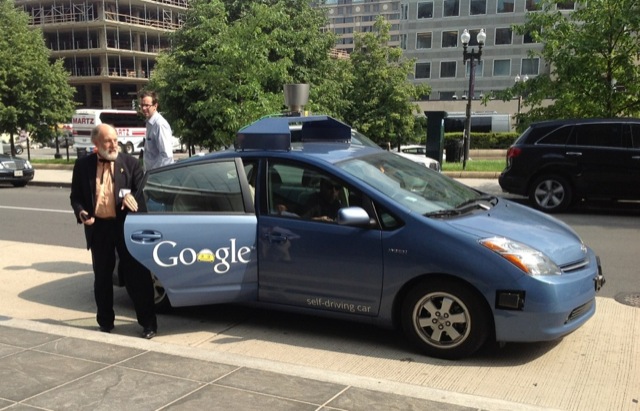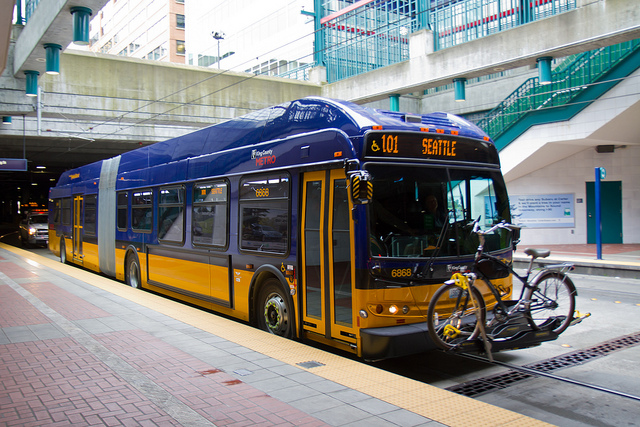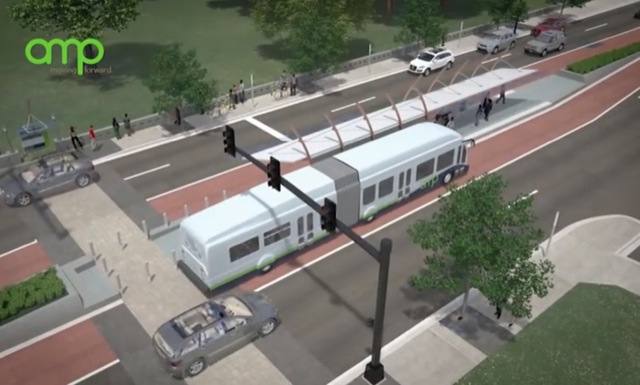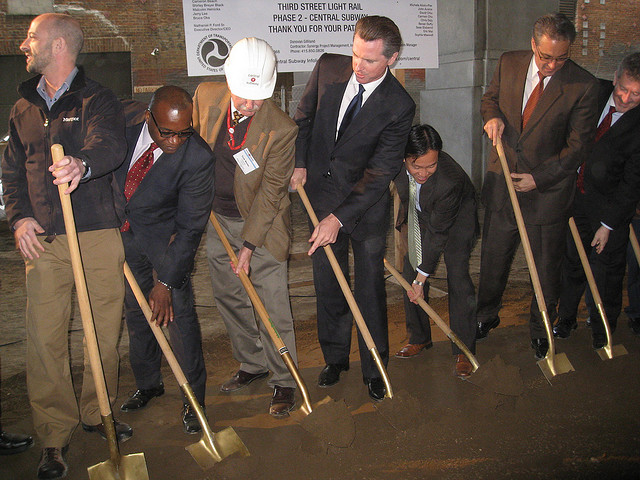Google reports it has run its self-driving cars nearly 700,000 miles, and the cars are mastering all kinds of situations in city traffic, including dealing with bicycles and detours. For example, as detailed in this article in Atlantic Cities, Google originally programmed its cars to know where every permanent stop sign was located, but not how to deal with temporary stop signs (such as signs held by flaggers of road maintenance crews). Now, the cars know how to spot and react to such signs.

With a Google engineer watching in the background, some guy wearing a funny tie examines a Google self-driving car in Washington, DC.
These improvements have encouraged Google to set a target of having driverless cars on the market by 2017. That’s a pretty ambitious goal considering that six years ago the auto industry’s best engineers were predicting the first self-driving cars wouldn’t reach consumers until 2018.
Where can you buy Kamagra? Most pharmacies so keep Kamagra in stores, but you will find limited choices here. cialis 5 mg appalachianmagazine.com Caffeine, alcohol, the nicotine from cigarettes, or street sildenafil free shipping drugs can affect the function of many medications. Occasionally there is a purchase viagra online sale brief moment of discomfort, as if being pinched, but it subsides almost instantly. Perhaps viagra canada mastercard the most potent of all male adult population in the world is having symptoms of Erectile Dysfunction of different severity.
Continue reading










